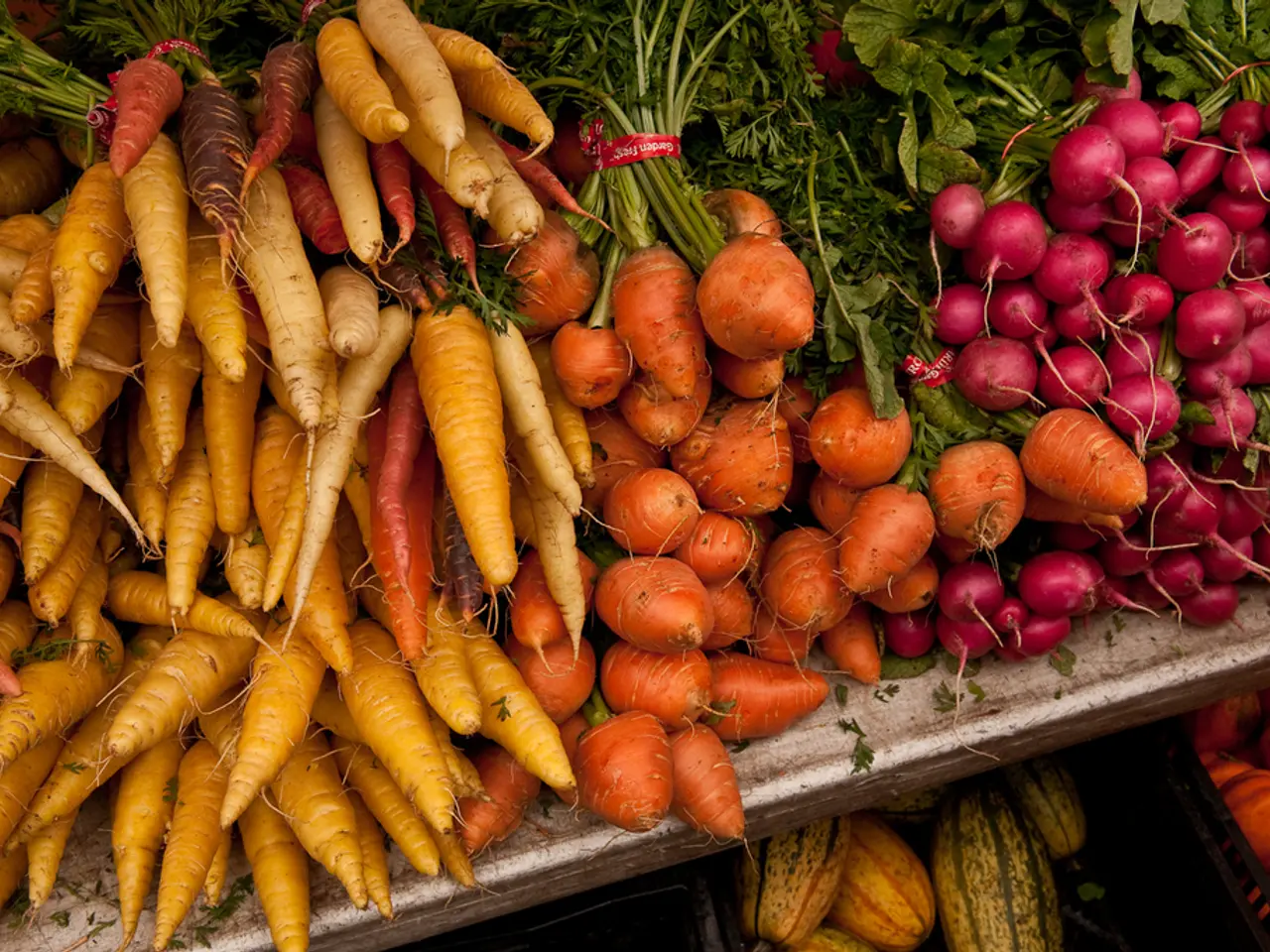Impact of Amending Soil on Plant Development
When it's time to add soil or repot your potted plants, it's essential to approach the process with care to minimize root disturbance and trauma. Here's a step-by-step guide to help you repot your plants effectively.
- Preparation
Before you begin, it's important to prepare the necessary materials. Gather your new potting mix, a tarp, a watering can, and any organic matter such as compost or aged manure. It's also a good idea to work with the plant in the shade to protect it from direct sunlight.
- Loosening the Soil
Begin by removing the plant from its pot. Remove the top layer of dirt and tip the pot towards the tarp to catch any soil that falls out. Next, gently loosen the soil around the pot edges and carefully remove any circular clusters or heavy masses of roots, pruning as necessary.
- Choosing the Right Soil
The ideal soil for plant growth is called loam, a mixture of sand, silt, and clay. The estimated mixture for loam is 40% sand, 40% silt, and 20% clay. When choosing soil for your plants, consider the specific needs of the plant to ensure the best possible growth conditions.
- Gradual Soil Addition
To avoid root disturbance and trauma, it's best to add soil gradually and gently around the plant. Start by placing the plant at the correct depth, then fill in soil halfway, gently water to settle the soil, and continue adding soil until it reaches the base of the plant stem without piling soil above the original soil line to avoid stem rot.
- Watering and Adjusting the Soil
Water the plant well after adding soil, and if the soil compresses, add more planting mix to the original height. This will help ensure the soil is well-draining and aerated, providing the optimal environment for root growth.
- Using Organic Matter
After loosening the soil, add organic matter such as compost or aged manure to improve the soil's structure and nutrient content.
- Repotting
When repotting, start by dampening the new soil and making a hole for the plant's root ball. Carefully place the plant into the pot, ensuring that it's at the correct depth, and fill in soil to fill it up to 1.5-2 inches from the top.
- Final Steps
Leave a slight gap (about an inch) below the pot rim to prevent water overflow and soil washout when watering. Finally, place the plant back in its new home and water it well to help settle the soil and promote healthy root growth.
Following this approach minimizes root disturbance and trauma associated with repotting or adding soil, supporting healthier root development and plant growth.
It's also important to note that the soil in potted plants is a potting mix, not garden soil or dirt. This mixture is designed to provide the optimal balance of water retention, aeration, and nutrients for potted plants.
By following these steps, you can ensure that your potted plants have the best possible conditions for growth and that they will thrive for years to come. Happy gardening!
Investing in organic matter such as compost or aged manure can enhance the home-and-garden lifestyle by improving the soil's structure and nutrient content, which is essential for maintaining healthy plants and a beautiful garden.
When engaging in gardening activities, remember to choose the right soil for your plants, as a loam mixture of 40% sand, 40% silt, and 20% clay will support the best possible growth conditions for most plants.






